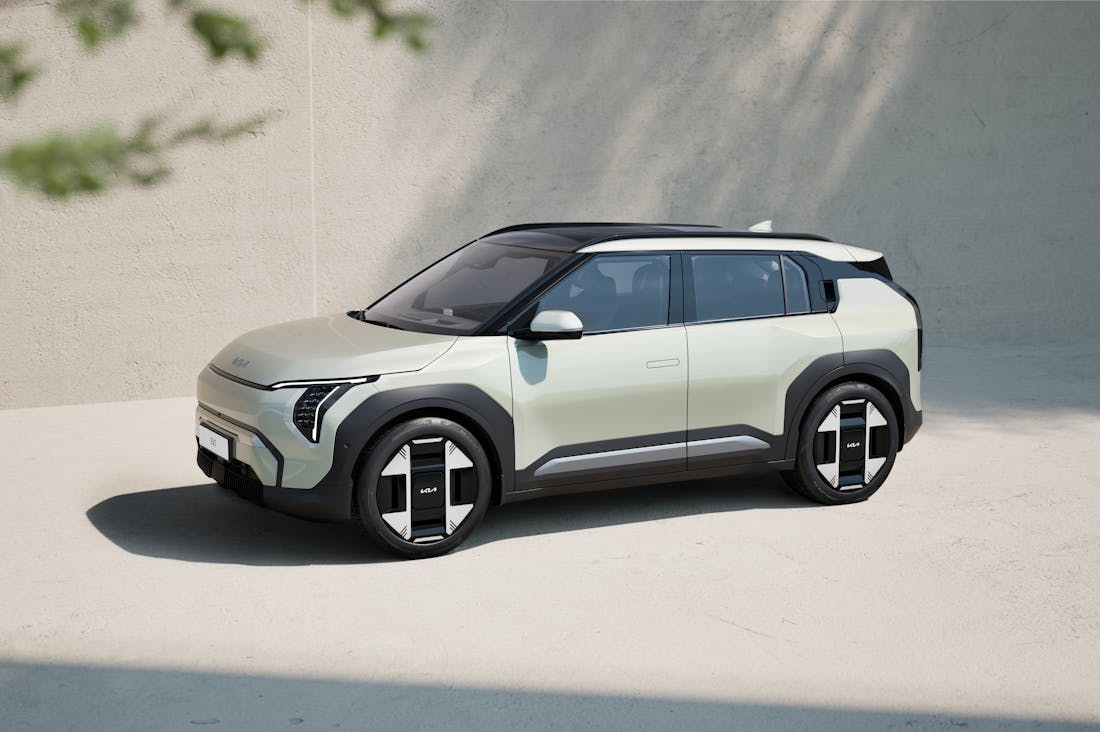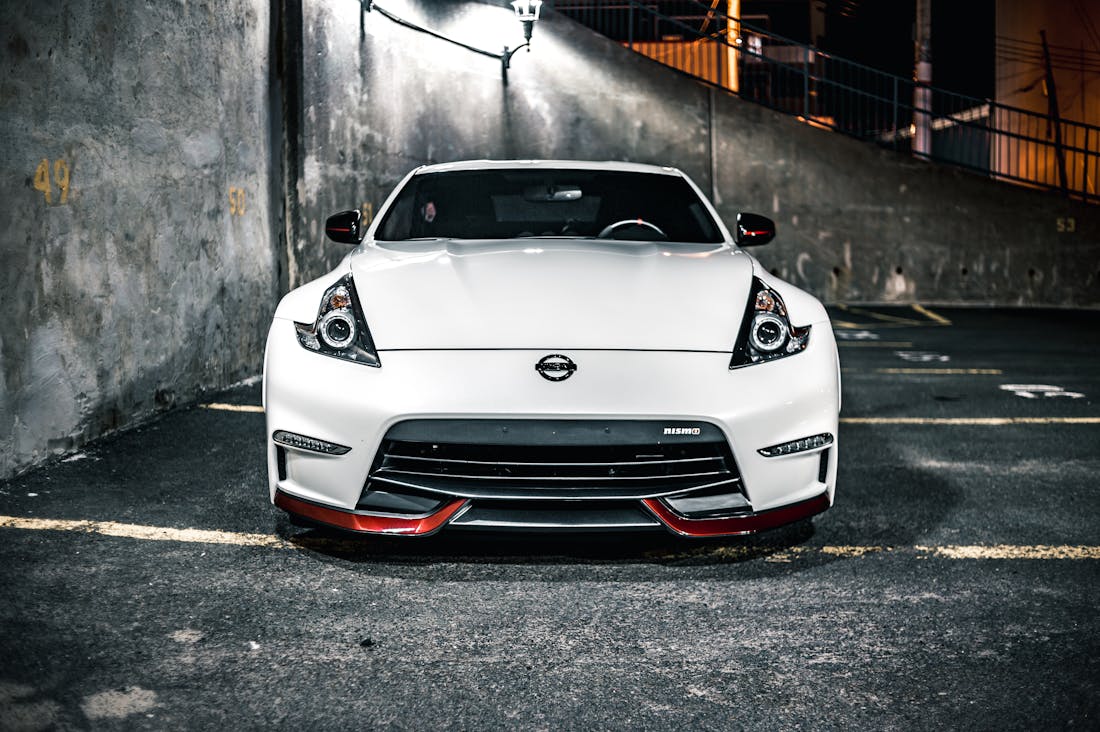In recent years, the evolving landscape of urban living has prompted a profound reevaluation of the role automobiles play in our cities. As climate change becomes an urgent global concern, eco-friendly innovations in vehicle design and technology have emerged, reshaping not only transportation but lifestyle choices. This transformation invites us to explore sustainable alternatives, embracing electric vehicles, car-sharing initiatives, and integrated public transit systems. Ultimately, the future of urban mobility lies in balancing the convenience of automobiles with the imperative of environmental stewardship, fostering vibrant, sustainable communities where residents can thrive. This article delves into these innovations and their impact on our urban lifestyles.

Trends in Eco-Friendly Automotive Innovations
The automotive industry is undergoing a significant transformation driven by eco-friendly innovations aimed at reducing environmental impact and enhancing sustainability. One prominent trend is the increasing adoption of electric vehicles (EVs), which are becoming more accessible due to advancements in battery technology that improve range and reduce charging times. Additionally, manufacturers are exploring hybrid technologies to bridge the gap between traditional combustion engines and fully electric systems. The rise in alternative fuels, such as hydrogen and biofuels, is also notable, promoting reduced emissions. Furthermore, innovations in materials, such as lightweight composites and recycled components, are being integrated into vehicle design to enhance fuel efficiency and minimize ecological footprints. These movements reflect a broader commitment within the automotive sector to align with global sustainability goals and consumer demands for greener alternatives. As regulatory pressures and consumer awareness of environmental issues escalate, the trend towards eco-friendly automotive innovations is set to gain momentum, pushing the industry towards a more sustainable future.

Impact on Urban Living and Mobility
Urban living and mobility are undergoing a profound transformation driven by technological advancements, environmental concerns, and shifting societal priorities. The rise of smart cities incorporates data-driven solutions to enhance urban infrastructure, making transportation systems more efficient and accessible. Electric vehicles and shared mobility options reduce carbon footprints and alleviate congestion, while public transport is increasingly integrating digital platforms for real-time updates and seamless connectivity. Moreover, urban planning is adapting to emphasize walkability and bike lanes, promoting healthier lifestyles. As cities evolve, they strive to create inclusive spaces that prioritize the well-being of residents, ultimately redefining how community interactions and economic opportunities unfold.

Lifestyle Changes Fostered by New Automotive Technologies
The advent of new automotive technologies is reshaping lifestyles in profound ways, promoting convenience, sustainability, and connectivity. Electric vehicles (EVs) are leading a shift toward greener transportation, encouraging individuals to adopt eco-friendly habits while reducing their carbon footprint. Advanced driver-assistance systems (ADAS) enhance road safety and reduce stress by automating tasks like parking and highway driving, allowing for a more relaxed driving experience. Additionally, connected car technologies create a seamless integration with smartphones, enabling real-time navigation, remote diagnostics, and entertainment options. Moreover, shared mobility solutions, powered by app-based services, are fostering a shift away from car ownership, encouraging communities to embrace more sustainable and efficient transportation modes. Collectively, these innovations are not just enhancing the driving experience but are also inspiring a cultural move toward more thoughtful and responsible patterns of mobility.
AI-Assisted Content Disclaimer
This article was created with AI assistance and reviewed by a human for accuracy and clarity.